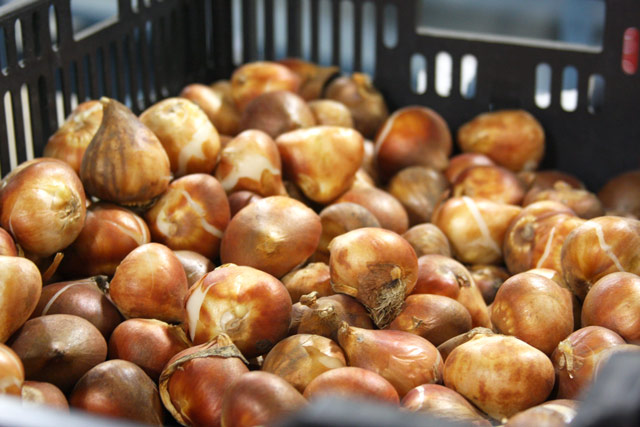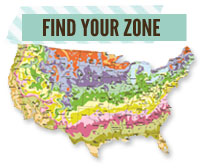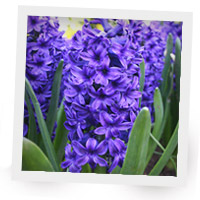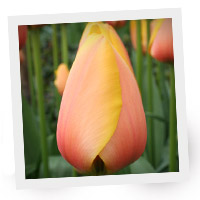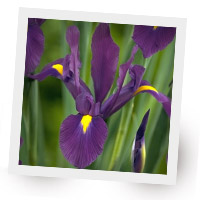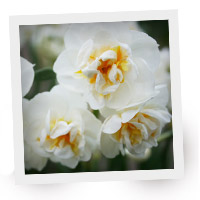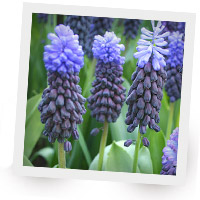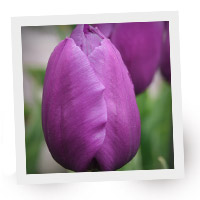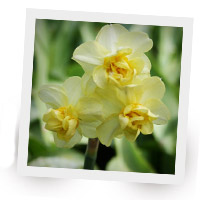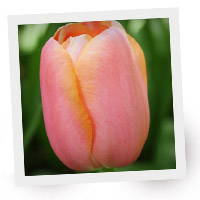Does it really matter what size a flower bulb is? Wouldn’t the most bulbs for the least amount of money be the best deal? Bulb size does matter. It takes years for those bulbs to get bigger. Bigger bulbs will produce bigger blooms and can be more vigorous growers. Unfortunately, the time required for a bulb to reach this level of maturity also requires an increase in price. Therefore, what you really need to consider is the manner in which you will be planting your bulbs to determine if spending more for larger ones will be worth it. Are you planting a small group of 10 bulbs or a mass of 100 or more? If you want smaller clumps, you will want to use the top size bulbs. On the other hand, if you plant in mass, you could settle for the smaller bulbs.
Most bulbs are measured by their circumference (distance around the entire bulb) of the widest area in centimeters. There are minimum acceptable sizes and then what is considered ‘top size’ bulbs. To determine just how large the bulb is you are considering, it is helpful to convert the centimeters to inches. For example, 10 cm would be approximately 4 inches around, 12 cm would be about 5 inches, and 16 cm would be just over 6 inches since 2.54 centimeters make up one inch.
Here is a simple chart showing minimum to top size for flower bulbs.
| Type | Minimum | Top size |
| Tulip | 10 cm | 12/+ cm |
| Daffodils | 12 cm | 16/+ cm |
| Hyacinths | 14 cm | 19/+ cm |
| Lg Allium | 19 cm | 20/+ cm |
| Med Allium | 12 cm | 14/+ cm |
| Sm Allium | 4 cm | 6 cm |
| Fritillaria | 22 cm | 24/+ cm |
| Lg Crocus | 7 cm | 9/+ cm |
| Crocus | 4 cm | 5/+ cm |
| Dutch Iris | 7 cm | 9 cm |
| Amaryllis | 24 cm | 34/+ |
| Oriental Lily | 16 cm | 18 cm |
| Asiatic Lily | 12 cm | 14/+ cm |
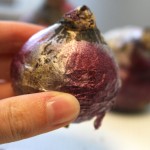 I have just a few other notes regarding the impact of bulb sizes: Hyacinths that are larger than 15/16 cm will tend to get too tall and fall over. Some bulbs easily naturalize (Asiatic, Oriental, Daffodil), so when planning a garden it may be wise to purchase a smaller quantity to allow for adequate spacing.
I have just a few other notes regarding the impact of bulb sizes: Hyacinths that are larger than 15/16 cm will tend to get too tall and fall over. Some bulbs easily naturalize (Asiatic, Oriental, Daffodil), so when planning a garden it may be wise to purchase a smaller quantity to allow for adequate spacing.

